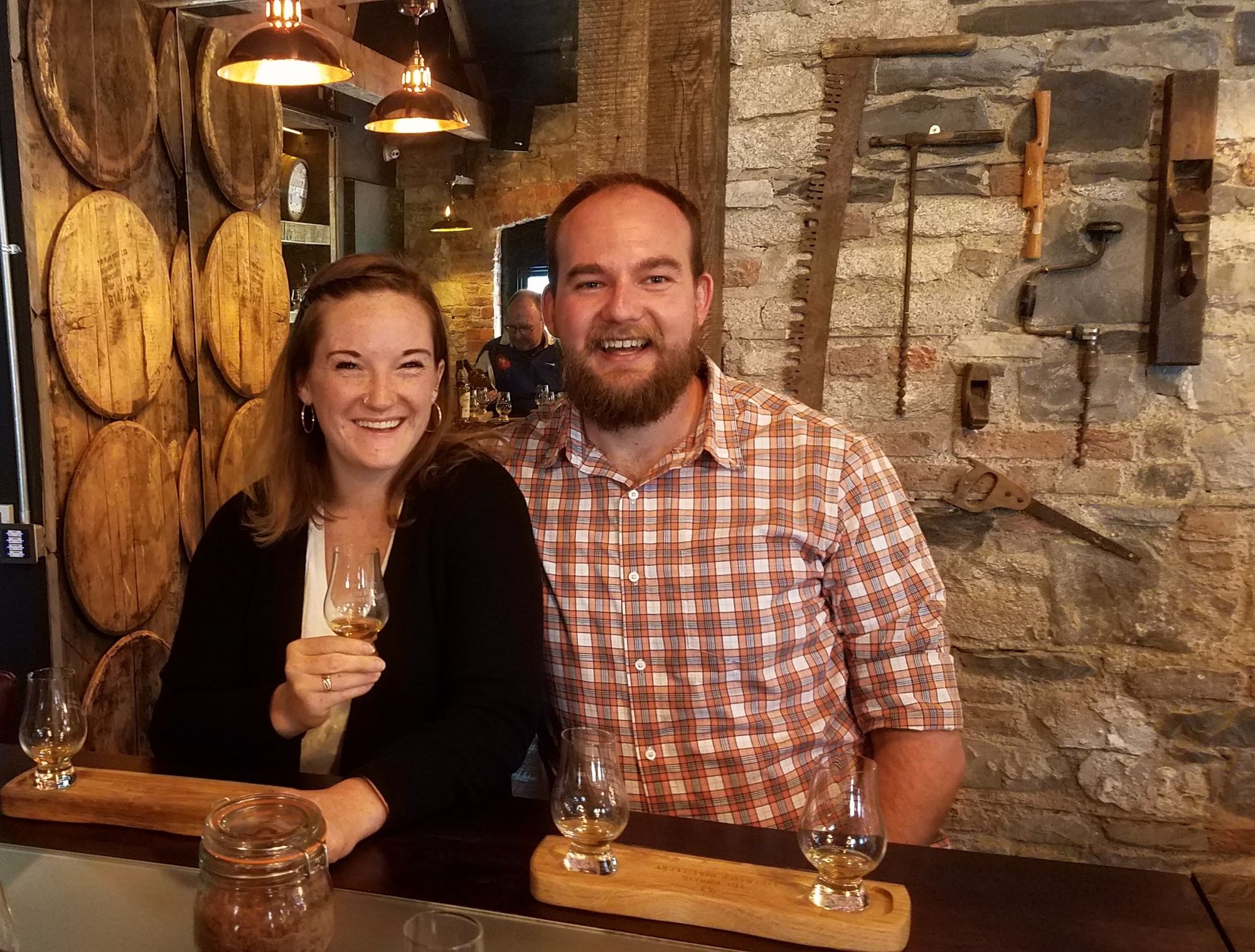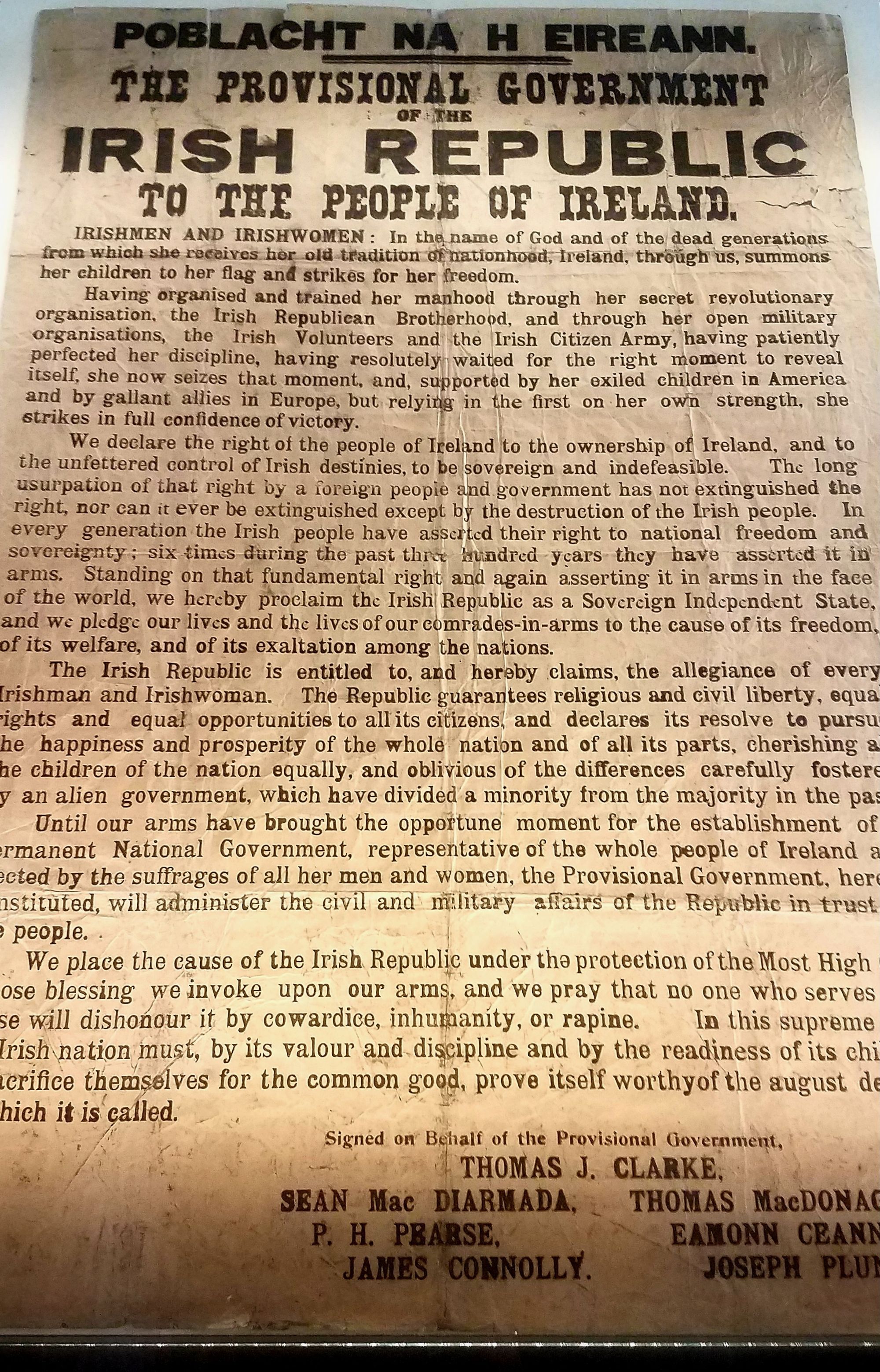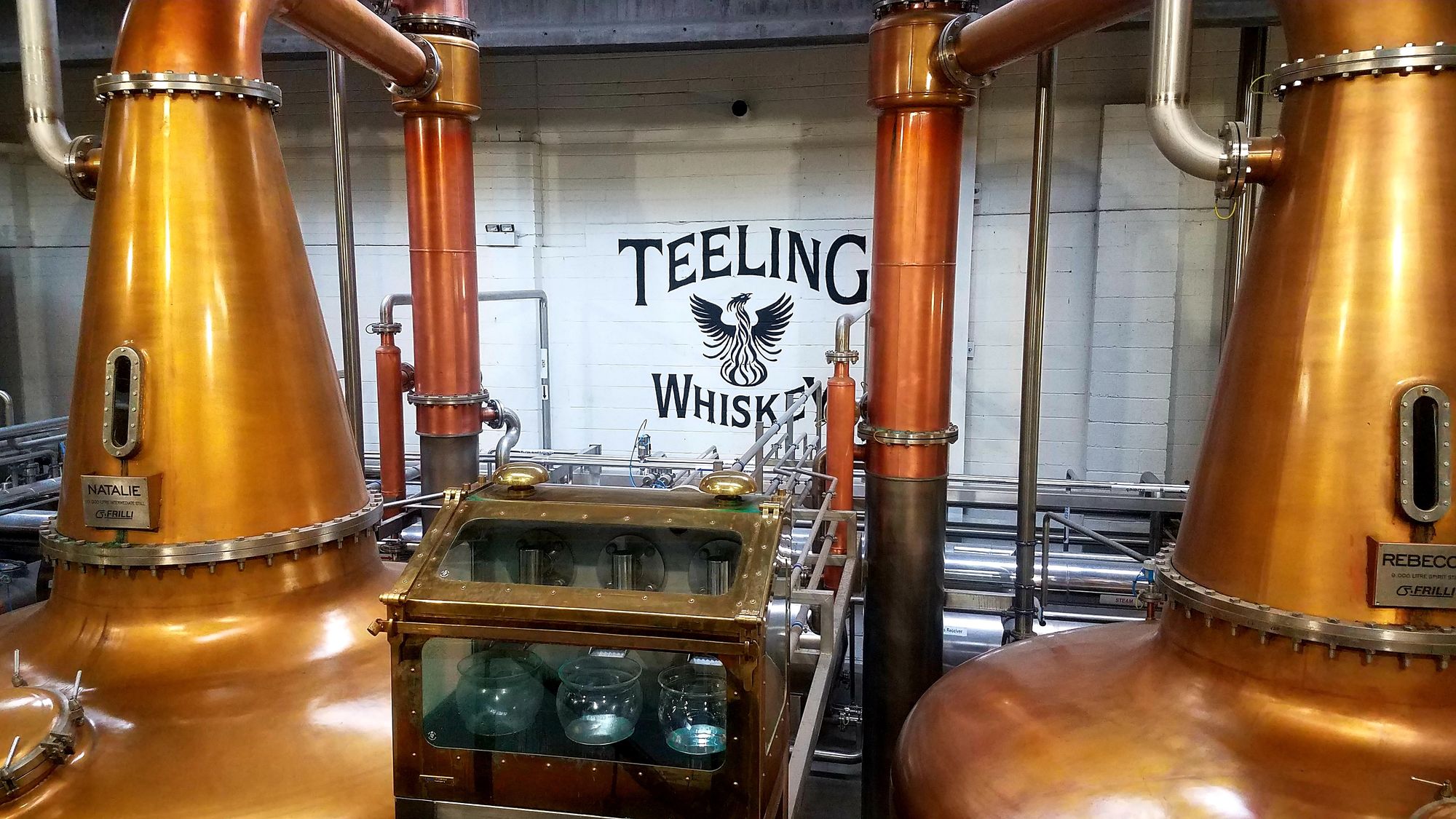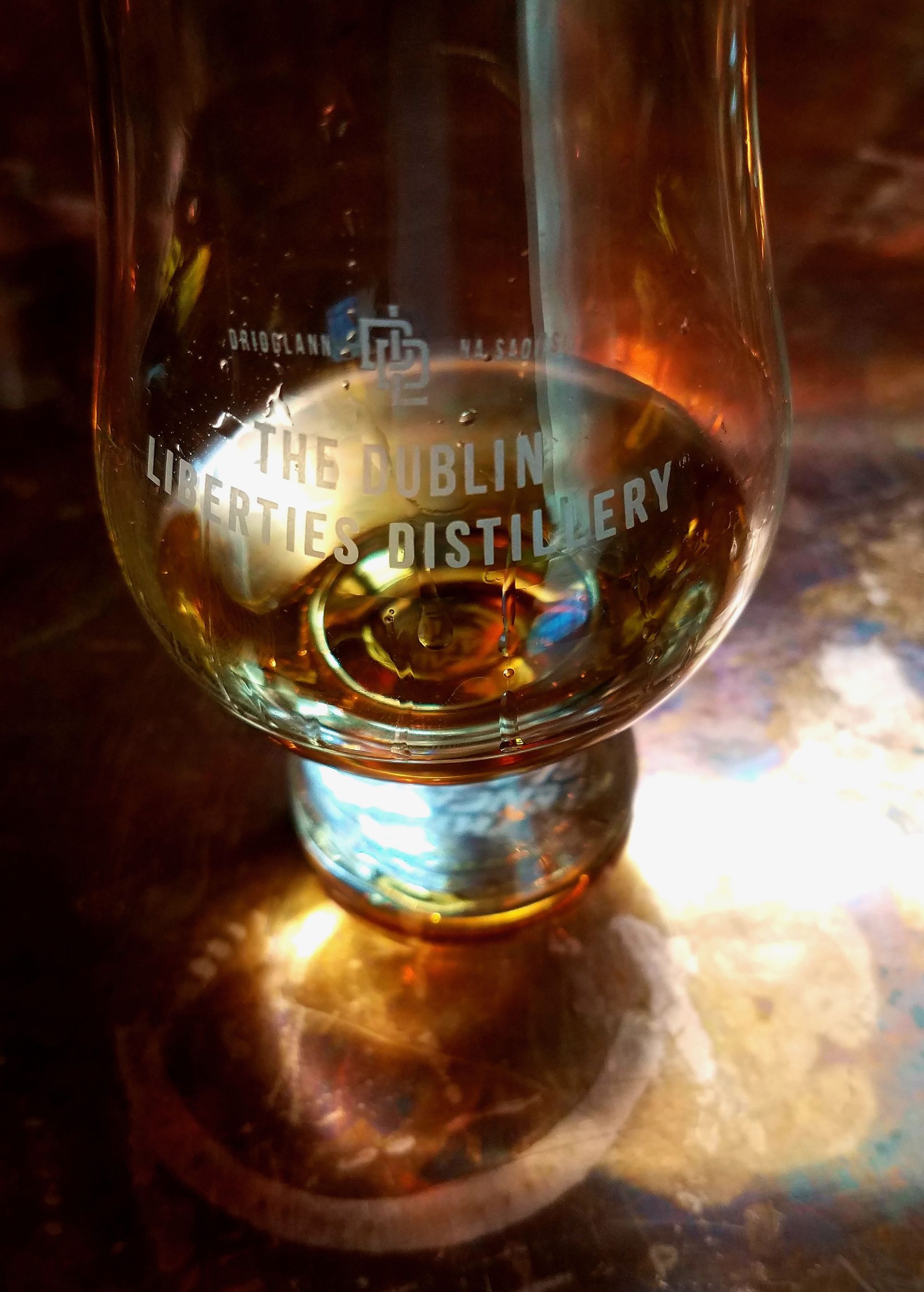Celebrate, The Irish Way

Alright. We all know what tomorrow is.
I’m not going to wear green (it’s really not my color) and I’m not going to talk about inappropriately named drop shots. But I am going to take this opportunity to talk about Irish whiskey!
A few posts ago we hit on this a little, as we were discussing Whisky vs. Whiskey, but let’s do a deep dive on the history and current state this time around!
The OG Nectar
Now, while I do generally prefer a good peaty Scotch to an Irish whiskey, I must give them their due, especially since Ireland is the birthplace of whiskey. And even more so than that, Irish whiskey is one of the first distilled beverages in Europe altogether.
Whiskey distilling started in the 12 century, after Irish monks brought back the skill of distilling perfume from southern Europe. They then updated the technique to make a drinkable spirit.
The first written documentation of whiskey was in The Red Book Ossory in the 14th century produced in county Kilkenny. And close on its heels was the Annals of Clonmacnoise in 1405, also known as the lost Irish chronicle, which details Irish history from prehistory through early 1400. This account recalls a clan leader drinking “aqua vitae” around Christmas time. (Aqua vitae or uisce beatha being the medieval and Gaelic terms for whiskey.)
It also says he died afterward… but what’s life without a little risk, right?
And not only are the Irish to thank for the ‘invention’ of whiskey distillation, but also Ireland was the location of the world’s very first licensed whiskey distillery. In 1608 Bushmills Distillery opened in County Antrim, and is still open to visitors today. I’ve been, in fact! And believe me, it’s a good time.

History Takes a Turn
So, the Irish started distilling in the early 12th century and everything has been hunky dory until now, right? Why on earth would the tide ever turn against whiskey?!
But alas, there was a point in Irish history were there were only TWO whiskey distilleries left on the island.
There are two historical happenings behind this sad decline: the Irish war of independence and prohibition in the United States. Both of these events cut off whiskey markets that had previously been boons.
In the 1880s - the heyday of Irish whiskey - there were 28 total whiskey distilleries on the island. By the mid 1970s there were only two of them left: Old Bushmills Distillery and New Midleton Distillery.
Some people attribute one other thing to the century-long decline of the spirit: the stubbornness of Irish distillers. It started in 1832 with the invention of the Coffey still. Up until that point, the pot still had been the way to do business; this made whiskey in batches and was in use at every Irish distillery.
But then Aeneas Coffey released his new product, which was a continuous still, literally meaning it could output continuously. The new still was cheaper to make, cheaper to run, and output more.
Sounds too good to be true, right?
Well… kinda, yeah.
Though by 1908, 60% of all distillation had adopted the continuous still apparatus, the rest of the industry was violently against it. They said - not without truth - that the spirit produced by the still was so neutral and silent (a.k.a tasteless) that it should not be considered whiskey.
Also during this time have the Irish Great Feminine (1840s), which impacted so many areas of Irish life, including the whiskey industry. Due to the famine, Irish laws were relaxed to allow import of American corn, which was even more tasteless in pure spirit form than the Irish stuff. But because of circumstances, some distillers started mixing Coffey-distilled corn spirit with pot-distilled whiskey and blending them together.
And to many’s amazement, blended whiskey ended up being increasingly popular! But the traditional and purist Irish whiskey distillers refused to adopt the practice. And again, not without reason; their whiskies were the best in the world, why would they purposefully dilute that?
Well, because between a preference for blended whiskies, the Irish war of independence, and American prohibition, Irish whiskey just slowly faded away for a century.

The Comeback Kid
But of course, we know the story ends well! By 1987 the first new distillery opened in Ireland: the Cooley Distillery by John Teeling. Between that new effort and a management change of the Irish Distillers Company which focused much more on marketing, Irish whiskey was ready to boom again.
And boom it did.
Starting in 1990, for the next 20 years Irish whiskey was the fastest growing spirit in the world, with annual growth of approximately 15–20% per annum.
As of 2022, there were 42 total distilleries on the island, and 2021’s annual sales number was 14 million cases.

Flavor Profiles
Today’s Irish whiskey is pretty distinctive, and also a great place to start if you’re just not sure about whiskey. It tends to be light, fruity, with cereal notes (which makes sense as it’s made out of grains). It’s aged in oak barrels, which adds a certain amount of caramel, vanilla, and oakiness, which will vary depending on the time spent in the barrel.
That smokey, peaty flavor sometimes associated with whiskey, and especially with Scotch, is not common in Irish whiskies. Never say never though! There are a few peated whiskies to be found on the island, my favorite of which is Connemara, distilled by Cooley Distillery.
One important thing to note, however, is that the Irish whiskey of old - that which we discussed up above - did not actually taste like the whiskey we know today. It was not aged at all, and was often flavored with aromatic herbs such as mint, thyme, or anise.
There is actually a modern day liqueur called Irish Mist which claims to be made following a version of this old recipe. I don’t know about you… but I’m curious enough to run out to my local liquor store…

Weekly Adventure
There are so many different Irish Whiskey styles out there! Go find a new one, cozy up, and pour yourself a dram.
Cheers,
Molly
Resources
https://en.wikipedia.org/wiki/Irish_whiskey
https://en.wikipedia.org/wiki/Irish_Mist
https://theculturetrip.com/europe/ireland/articles/a-brief-history-of-irish-whiskey/
